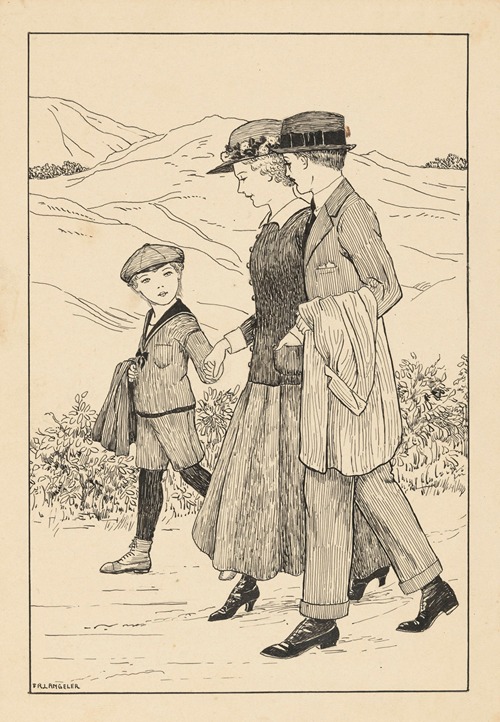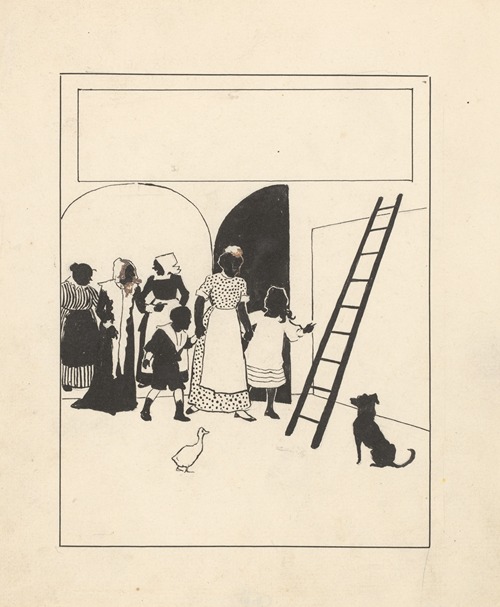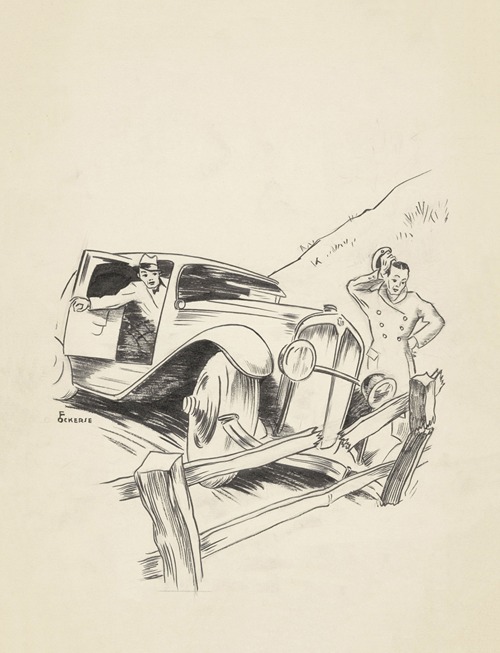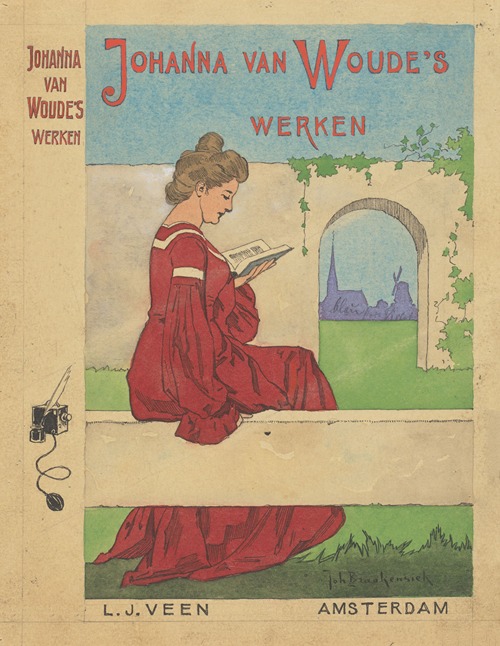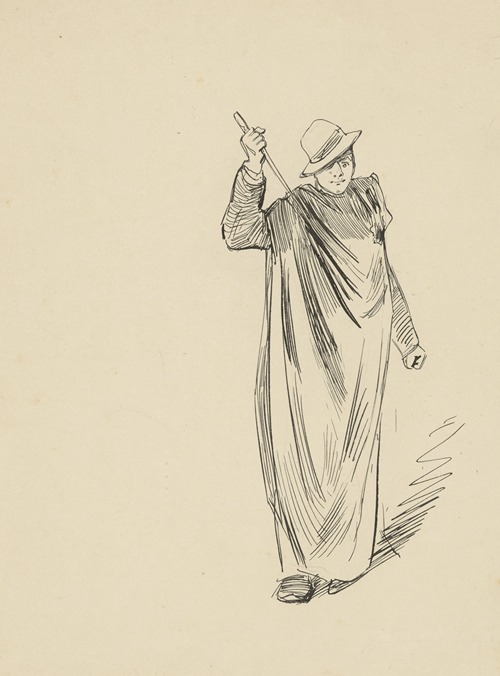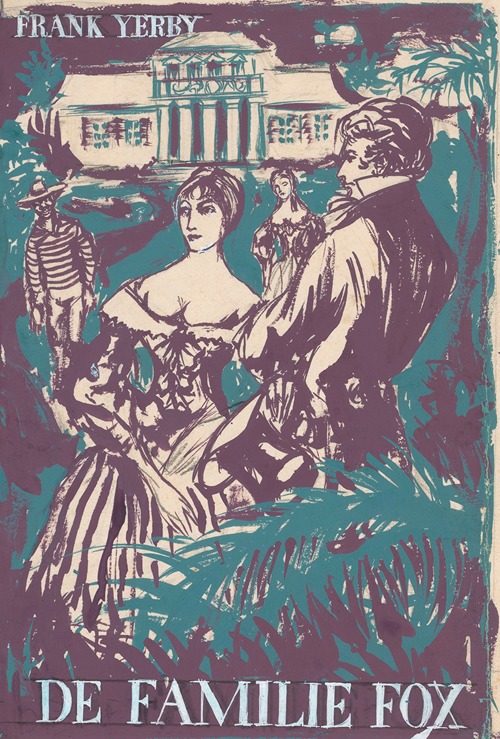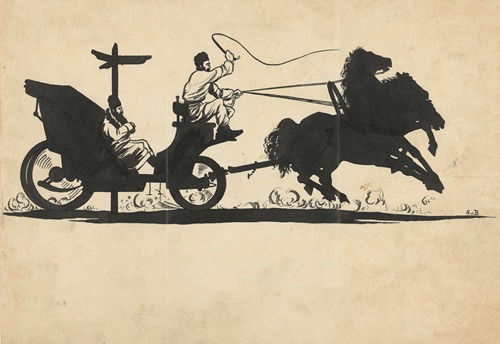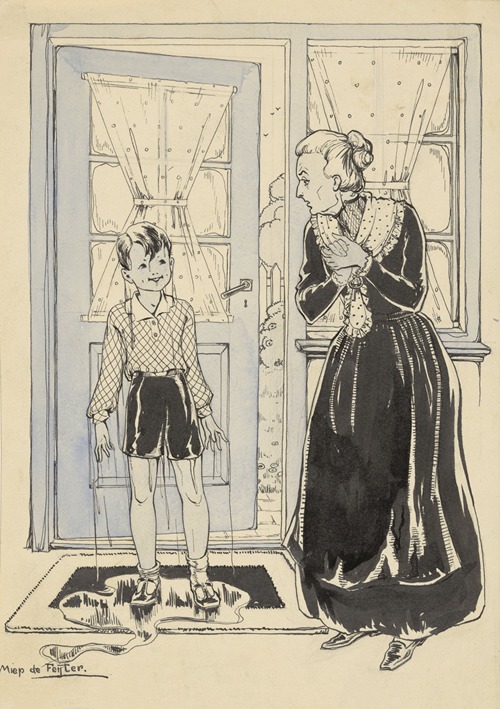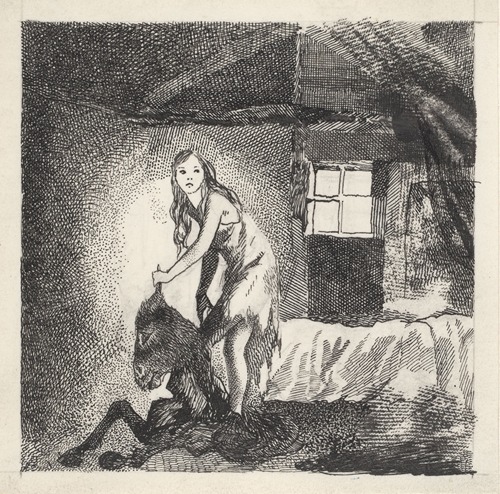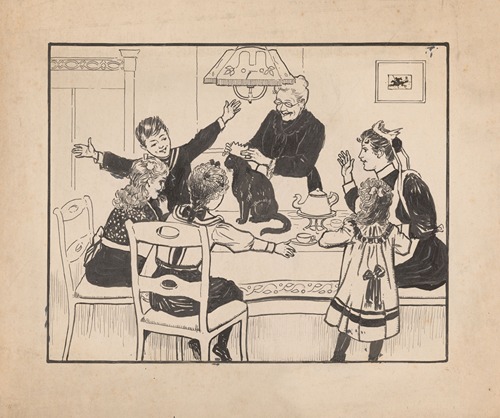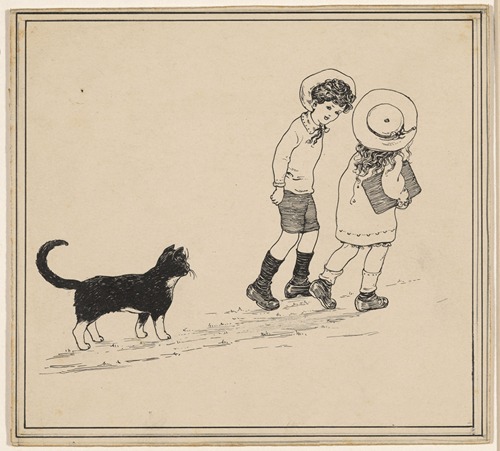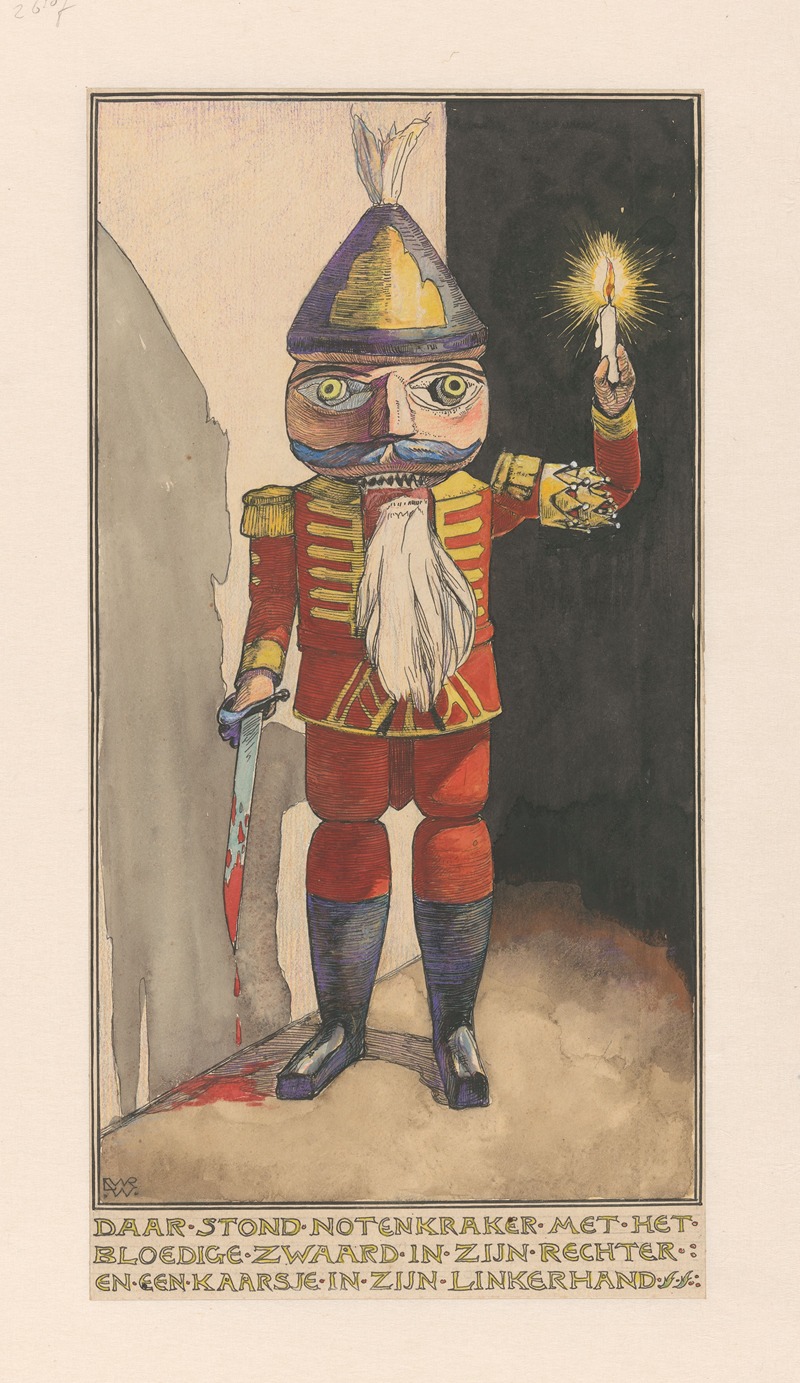
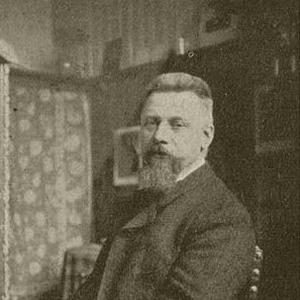
Ludwig Willem Reymert (Willem) Wenckebach, best known as Willem Wenckebach, was a Dutch painter, illustrator, bookbinding designer and graphic artist. Like so many artists of his time, he produced both applied and free work. With his applied work, Willem Wenckebach became one of the best-known and most prolific illustrators and graphic designers of his time. He remained best known for his watercolors for the Verkade albums of Jac. P. Thijsse. He made illustrations for these albums with Jan Voerman Jr. and Jan van Oort, among others. In Amsterdam, Wenckebach also remained known for the many pen drawings he made of old Amsterdam between 1898 and 1907. These were published in the Nieuws van de Dag. Later the drawings were published several more times in book form.
His father was Eduard Wenckebach, a founder of Dutch telegraphy; his mother was Maria Geertruida Elisabeth Cornelissen. Willem Wenckebach was a brother of the Dutch physician Karel Frederik Wenckebach and of the Director of State Mines Henri Johan Eduard Wenckebach. He was also uncle and teacher of the sculptor and painter Oswald Wenckebach.
Willem Wenckebach initially trained as a garden architect at the Linnaeus School of Horticulture in Amsterdam, before moving to Utrecht in 1878 to become a pupil of the Utrecht painter D.P. van Lokhorst (1848-1893) and the marine painter Jacob Eduard van Heemskerck van Beest.
As a young promising artist, he acquired a Royal Grant, which enabled him to go to Paris from 1880-1884. Back in Utrecht, he became a member of the Genootschap Kunstliefde, where he became friends with Anthon van Rappard. With him, Wenckebach went out to paint en plain air, including on Terschelling and in Drenthe. In 1886, both resigned their membership in the conservative Genootschap Kunstliefde (Love for Art Society) after a conflict about, among other things, drawing female nudes. Through Anthon van Rappard, Willem Wenckebach also got to know Vincent van Gogh, on whose advice Wenckebach would settle for a while in Heeze, Brabant, which was popular with artists at the time. In addition to Anthon van Rappard, Wenckebach was friends with Hendrik Petrus Berlage and Antoon Derkinderen[source?]
In 1887, Willem Wenckebach left for Amsterdam to focus on applied work. He went to work for a large printing company as an illustrator and designer of book bindings. Free painting took a back seat, but through his illustrations of children's books, his drawn Amsterdam cityscapes and especially his watercolors for the Verkade albums of Jac. P. Thijsse, Wenckebach became one of the best-known and most prolific illustrators and graphic designers of his time. Yet he did continue to paint, especially landscapes, which he exhibited at Arti et Amicitiae, of which he had become a member in 1889. Starting in 1910, he also had regular solo exhibitions at art dealers. His paintings sold so well there that he stopped illustrating in 1917 to devote himself entirely to painting again.
Willem Wenckebach also taught at the Kunstnijverheidsschool in Haarlem. Besides his cousin Oswald Wenckebach, his pupils included: Rie de Balbian Verster-Bolderheij, Frans Baljon, Johan Briedé, Johan Jacobs, Marie Jorissen-Cox, Johannes Josseaud, Kees Laan, Jan Harm Oostendorp.


